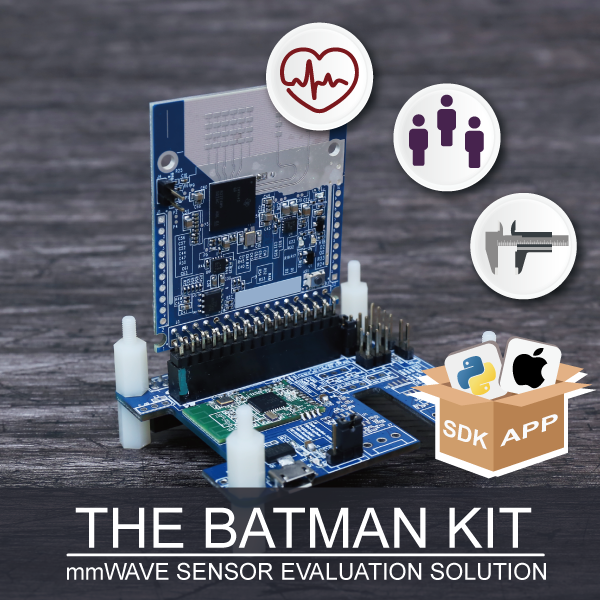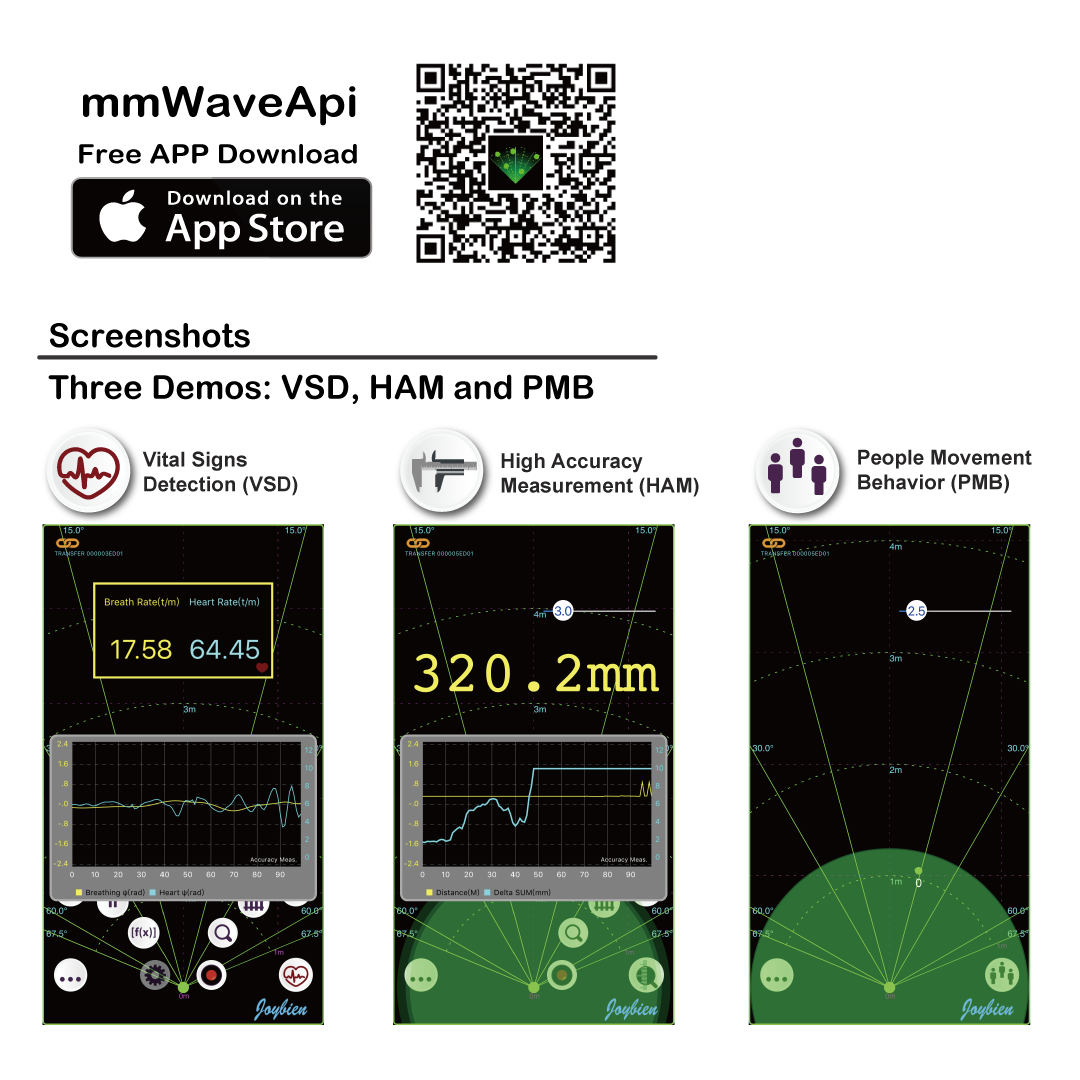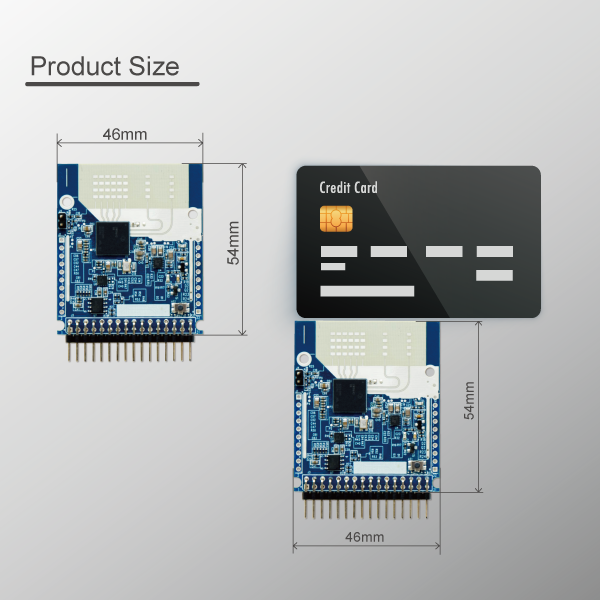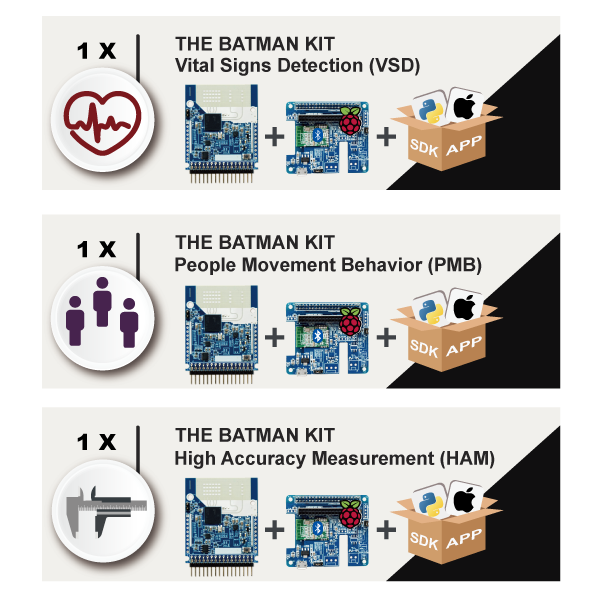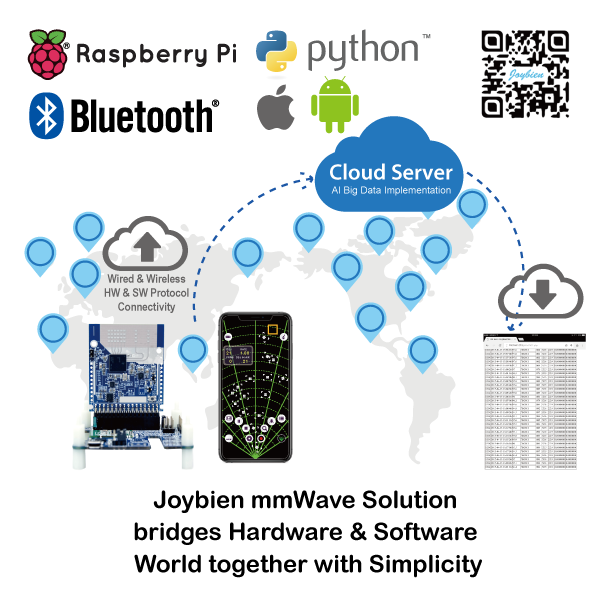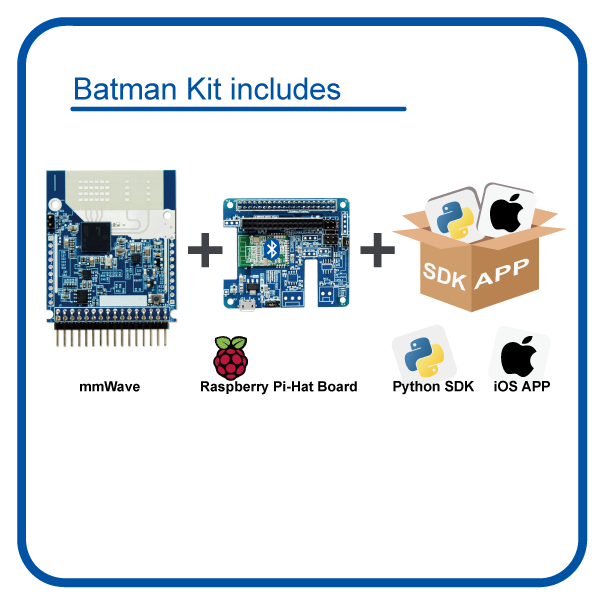Application of millimeter wave radar in respiratory care field
Application of millimeter wave radar in respiratory care field
Mature technology
Professor Name:Yuh-Shyan Hwang
Cooperation Partner: Joybien Technology
The National Taipei University of Technology EECS Department, in cooperation with the domestic manufacturer Joybien Technology, launched a non-contact sensing application for vital signs by the millimeter-wave radar in the 77 GHz band.
Humans have heart-beating and breathing, which causes the chest cavity to deform more or less, thus causing vibration and displacement in the chest cavity. At this time, if the millimeter electromagnetic wave is directed against the chest cavity, the electromagnetic wave will have a Doppler effect, resulting in a change in the frequency.
Because the distance traveled by the electromagnetic wave changes, so that the change in the expansion and contraction of the chest cavity due to breathing can be judged. In short, the principle is similar to that of the traffic police's speed radar gun, but we have modified the circuit system to be smaller and more sensitive, so that it can be embedded in many furniture to facilitate the development of different applications.
The method to verify is based on the pulse oximeter provided by the hospital as the target. We will see that when the breathing is stopped, the oxyhemoglobin saturation by pulse oximetry (SPO2) will gradually decrease. We set SPO2 below 90% as the boundary, and then ordinary breathing is about 12 to 20 times per minute (up to 30 to 40 times per minute for children under 10 years old). The value of the number of breaths per minute when SPO2 is reduced to 90% is taken as the lower limit set to the system as an alarm.
Such a result can be applied to patients suffering from diseases such as sleep apnea, asthma, and the like. Or long-term monitoring is needed to prevent accidental bedridden patients, to help health care providers and families understand the patient's breathing status, and to provide warnings according to the settings.
